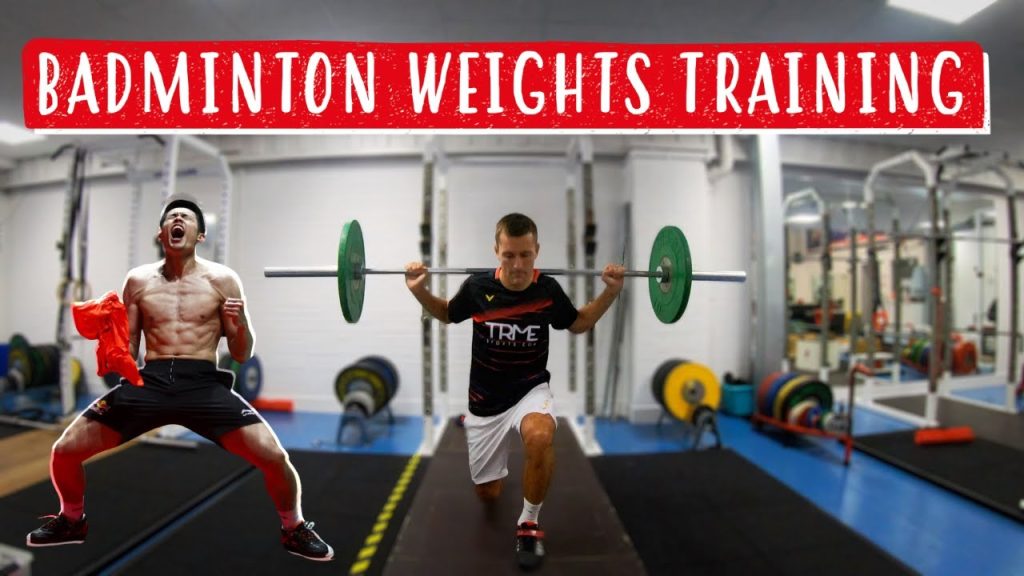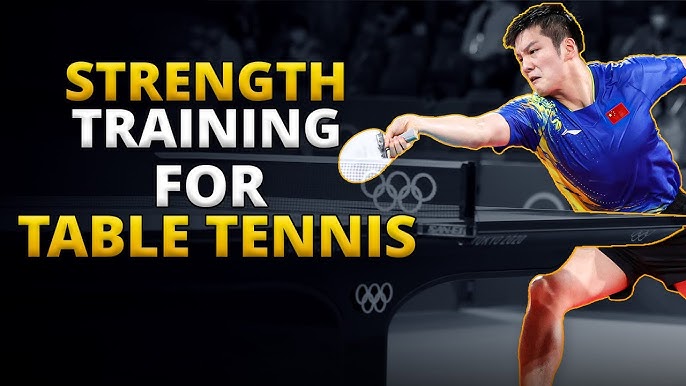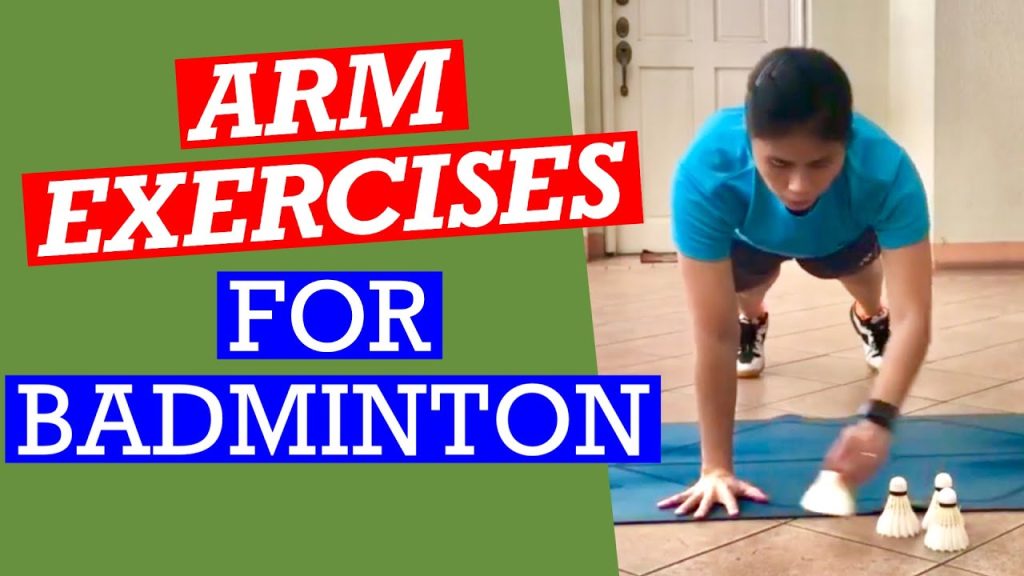Badminton requires both skill and physical strength. It’s a fast-paced game demanding agility and power.
To excel in badminton, strength training is crucial. Strong muscles help in quick movements and powerful smashes. This guide will explore essential badminton strength training exercises. These exercises target key muscles used in the game. Training effectively can improve your game performance and prevent injuries.
Learn how to build strength specifically for badminton. This way, you’ll be prepared for every match. Ready to boost your badminton skills with strength training? Let’s dive in and uncover the best exercises to enhance your game.
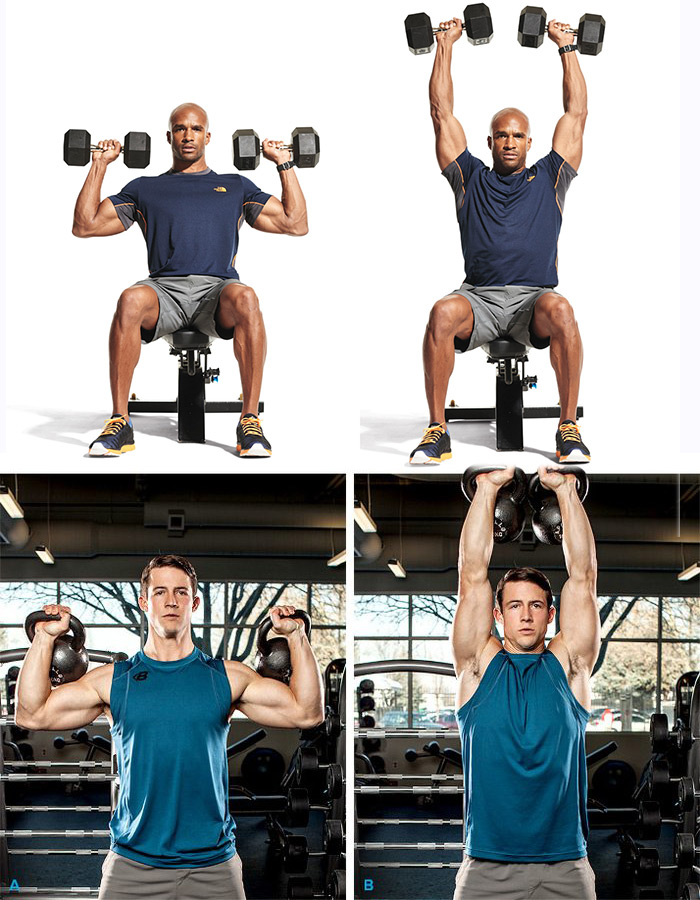
Credit: www.sportsuncle.com
Introduction To Badminton Strength Training
Badminton is a fast-paced sport that demands agility, speed, and endurance. To excel, players need more than just skill and technique. They also require strength. Strength training is crucial for badminton players. It helps enhance performance, prevent injuries, and improve overall fitness. This section will introduce you to the importance and benefits of strength training in badminton.
Importance Of Strength In Badminton
Strength in badminton is vital. Players need strong muscles to perform powerful shots, quick movements, and maintain stamina throughout the game. A well-rounded strength training program targets all major muscle groups. This includes the legs, core, and upper body. Strong legs enable explosive movements and jumps. A strong core provides stability and balance. A strong upper body improves shot power and control.
| Muscle Group | Importance |
|---|---|
| Legs | Enables quick movements and jumps |
| Core | Provides stability and balance |
| Upper Body | Improves shot power and control |
Benefits Of Strength Training
Strength training offers multiple benefits for badminton players. These include:
- Enhanced performance
- Injury prevention
- Improved endurance
Enhanced performance: Strength training boosts muscle power and speed. This leads to better shot execution and quicker on-court movements.
Injury prevention: Strong muscles and joints are less prone to injuries. Regular strength training reduces the risk of common badminton injuries. These include sprains and strains.
Improved endurance: A stronger body can withstand the physical demands of long matches. This means players can maintain high performance levels without fatigue.
In summary, strength training is a key component for badminton players. It supports their athletic goals and overall health.
Core Exercises For Badminton Players
Badminton players need a strong core for stability and power. Core exercises help improve balance, agility, and overall performance on the court. They also help prevent injuries. This section will cover effective core exercises suitable for badminton players.
Planks And Variations
Planks are essential for building core strength. Start with a basic plank. Keep your body straight, resting on your forearms and toes. Hold this position for 30 seconds. Gradually increase the time as you get stronger.
Side planks are another variation. Lie on your side, supporting your body with one forearm. Keep your body straight from head to toe. Hold this position for 30 seconds. Switch sides and repeat.
Another variation is the plank with leg lifts. Begin in a basic plank position. Lift one leg off the ground. Hold for a few seconds. Lower the leg and switch to the other leg. This exercise enhances core stability and balance.
Russian Twists
Russian twists target the obliques. Sit on the floor with your knees bent. Lean back slightly. Lift your feet off the ground, balancing on your glutes. Hold a weight or a ball with both hands.
Twist your torso to the right. Bring the weight or ball beside your hip. Return to the center. Twist to the left. Continue alternating sides. Aim for 20 repetitions on each side.
This exercise improves rotational strength. It helps with quick direction changes during a match. Start with no weight if you are new to this exercise. Increase the weight as you get stronger.
Leg Strengthening Workouts
Badminton demands agility, speed, and strong legs. Leg strengthening workouts boost your performance on the court. Strong legs improve your balance, jump height, and quick movements. In this section, we will cover essential exercises to strengthen your legs.
Squats And Lunges
Squats and lunges are basic yet effective leg workouts. They target your quadriceps, hamstrings, and glutes. Start with bodyweight squats. Stand with feet shoulder-width apart. Lower your body by bending your knees. Keep your back straight. Go down until your thighs are parallel to the ground. Return to the starting position.
Lunges also work your leg muscles. Stand tall with feet together. Step forward with one leg. Lower your hips until both knees are at 90 degrees. Push back to the starting position. Alternate legs and repeat.
Calf Raises
Calf raises strengthen your calf muscles. Stand with your feet hip-width apart. Raise your heels off the ground. Balance on the balls of your feet. Hold for a second, then lower your heels. Repeat the movement. You can use a step for added intensity. Stand with your toes on the edge of a step. Lower your heels below the step level. Then raise your heels as high as possible.
Strong calves help with quick sprints and jumps. Aim for three sets of 15-20 repetitions.
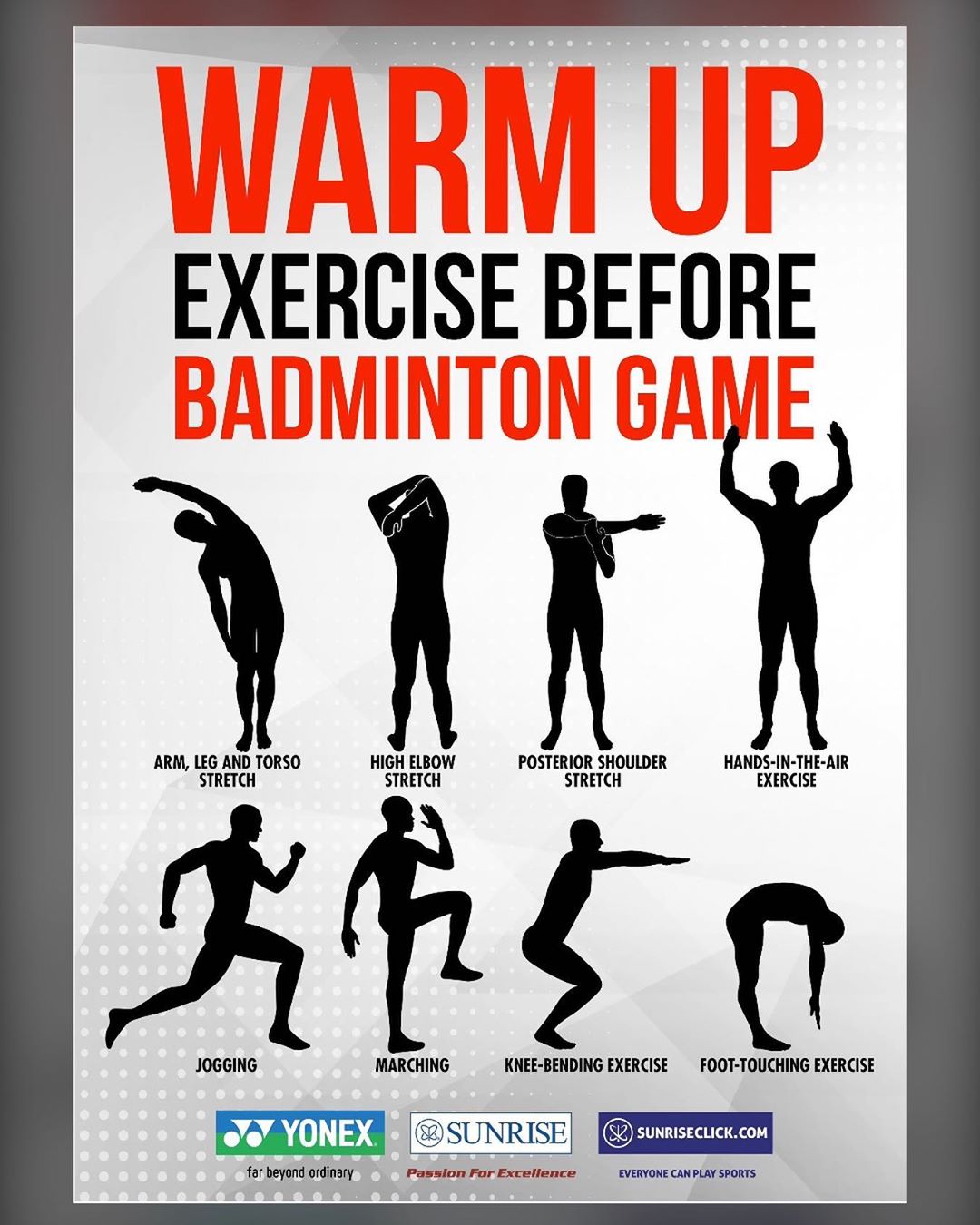
Credit: www.sportsuncle.com
Upper Body Strength Routines
Upper body strength is vital for badminton players. It enhances performance, power, and endurance. Strengthening the upper body helps in powerful shots and better control. Let’s explore two effective exercises for building upper body strength: Push-Ups and Pull-Ups.
Push-ups
Push-Ups are a simple yet effective exercise. They target the chest, shoulders, and triceps. Start in a plank position. Keep your body straight. Lower your body until your chest nearly touches the floor. Push back up to the starting position. Repeat for as many reps as you can.
Modify push-ups to match your strength level. Beginners can do knee push-ups. Advanced players can try decline push-ups. Consistent practice improves upper body strength and stability.
Pull-ups
Pull-Ups are excellent for building back and arm strength. Grab a pull-up bar with an overhand grip. Hang with your arms fully extended. Pull yourself up until your chin is above the bar. Lower yourself back down with control.
Pull-Ups are challenging but very effective. Start with assisted pull-ups if needed. Use a resistance band or a pull-up machine. Gradually increase the number of unassisted pull-ups. This exercise enhances your grip strength and overall upper body power.
Explosive Power Drills
Explosive power is crucial for badminton players. It enhances performance on the court. Quick movements and rapid direction changes require strong, fast muscles. Explosive power drills help develop these muscles. They improve your reaction time and agility. Let’s explore some effective drills.
Plyometric Jumps
Plyometric jumps build explosive leg power. Start with a simple squat jump. Stand with feet shoulder-width apart. Bend your knees and squat down. Then, jump as high as you can. Land softly and repeat. Try box jumps for more challenge. Jump onto a sturdy box or platform. Step down carefully and repeat. Always focus on landing softly to avoid injury.
Medicine Ball Throws
Medicine ball throws strengthen upper body muscles. They improve your shot power. Stand with feet shoulder-width apart. Hold a medicine ball with both hands. Bend your knees slightly. Then, throw the ball against a wall. Catch it as it bounces back. Repeat the throws rapidly. Side throws are also effective. Stand sideways to the wall. Hold the ball at hip level. Twist your torso and throw the ball against the wall. Catch and repeat.
Agility And Footwork Training
Agility and footwork are crucial in badminton. Quick movement and precise steps can be the difference between winning and losing. Agility training helps improve your ability to start, stop, and change direction quickly. Footwork training helps you move efficiently around the court. Let’s explore some effective drills.
Ladder Drills
Ladder drills are excellent for improving agility and footwork. These drills help you build speed and coordination.
| Exercise | Description |
|---|---|
| One-In Drill | Step one foot into each square, alternating feet. |
| Two-In Drill | Step both feet into each square before moving to the next. |
| Side Shuffle | Move sideways, stepping both feet into each square. |
Perform each drill for 30 seconds. Rest for 10 seconds between drills.
Cone Drills
Cone drills help enhance your directional speed and quickness. These drills mimic the fast changes in direction needed during a game.
- Forward and Backward Drill: Place cones in a straight line. Sprint to the first cone and back, then to the second cone and back, and so on.
- Four-Corner Drill: Set up four cones in a square. Sprint from one cone to the next, touching each cone as you go.
- Zigzag Drill: Arrange cones in a zigzag pattern. Sprint and weave through the cones as quickly as possible.
Each drill should be done for 3 sets. Rest for 1 minute between sets.
These drills will improve your agility and footwork, key components for badminton success.
Injury Prevention Techniques
Badminton is a fast-paced sport that demands quick movements and agility. To stay on top of your game, it is crucial to focus on injury prevention techniques. Incorporating proper exercises into your training can help you avoid injuries and keep you playing longer.
Dynamic Stretching
Dynamic stretching is essential for preparing your muscles for intense activity. Unlike static stretching, dynamic stretches involve movement and increase blood flow. This helps to warm up the muscles and improve flexibility.
| Stretch | Description |
|---|---|
| Leg Swings | Swing your leg forward and backward in a controlled motion. |
| Arm Circles | Rotate your arms in small and large circles to warm up your shoulders. |
| Lunges | Perform walking lunges to stretch your hip flexors and quads. |
Proper Form And Technique
Maintaining proper form and technique is key to preventing injuries. Poor form can lead to muscle strain and other injuries. Focus on your posture and movements to ensure you are playing efficiently and safely.
- Keep your knees slightly bent to absorb impact.
- Use your whole body for movements, not just your arms.
- Ensure your racquet grip is comfortable and correct.
Regular practice with a coach or experienced player can help you improve your technique. This will reduce the risk of injury and enhance your performance on the court.
Creating A Balanced Training Program
Creating a balanced training program is essential for badminton players. It ensures they build strength without neglecting skill development. A well-rounded approach helps players improve their game and prevent injuries. By combining strength exercises with skill practice, players can achieve optimal performance.
Combining Strength And Skill Practice
Strength training alone won’t make you a better badminton player. You need to integrate skill practice into your routine. Focus on exercises that target key muscles used in badminton. These include the legs, core, and shoulders. After strength training, practice footwork drills and shuttlecock control. This helps reinforce the muscle memory needed for efficient movement on the court.
Alternate between strength sessions and skill practice. This keeps your training balanced. For example, do strength exercises on one day. Then, focus on skill drills the next day. This approach ensures continuous improvement in both areas. Make sure to maintain proper form during all exercises to avoid injuries.
Monitoring Progress And Adjustments
Track your progress to see how your training is paying off. Keep a journal or use an app to record your workouts. Note the weights you lift, the repetitions, and any improvements in your skill practice. This helps you stay motivated and see where adjustments are needed.
Adjust your training program based on your progress. If you notice improvements in strength but not in skill, adjust your routine. Spend more time on skill practice or refine your technique. Likewise, if your skills are improving but your strength plateaus, increase the intensity of your strength workouts.
Regularly reviewing your progress helps you stay on track. It ensures your training program remains balanced and effective. This approach leads to better performance on the badminton court.
Conclusion And Motivation
Strength training exercises enhance badminton performance. They boost power, agility, and endurance. Consistent practice leads to better results on the court.
Strength training in badminton is crucial. It enhances performance and reduces injury risk. Consistency and motivation are key to success. Stay dedicated to your training regimen. Celebrate your progress along the way.Staying Consistent
Consistency is vital in strength training. Regular workouts build muscle memory. Schedule your sessions to ensure you never miss one. Set realistic goals. Achieve them step by step. Focus on gradual improvement. Find a workout buddy. They can hold you accountable. Track your progress. It helps you stay motivated. Remember, every small effort counts.Celebrating Improvements
Celebrate your achievements, no matter how small. Noticing improvements boosts morale. It keeps you motivated. Track your progress with a journal. Write down your gains. Reflect on them often. Share your successes with friends. They can encourage you. Reward yourself for milestones. It keeps the journey enjoyable. Remember, progress is a journey, not a destination. “`
Credit: www.youtube.com
Frequently Asked Questions
What Are The Benefits Of Strength Training For Badminton?
Strength training improves power, agility, and endurance. It helps prevent injuries and enhances overall performance. Strong muscles support better movement control.
Which Muscles Are Important For Badminton Players?
Key muscles include the legs, core, and shoulders. Strong legs enhance movement and jumps. Core stability aids balance. Shoulder strength supports powerful shots.
How Often Should Badminton Players Do Strength Training?
Ideally, players should strength train 2-3 times per week. Consistency ensures progressive improvement. Rest days are important for muscle recovery.
Can Strength Training Improve Badminton Performance?
Yes, strength training boosts performance by enhancing power, speed, and agility. It supports quick movements and explosive shots. Improved strength reduces fatigue during matches.
Conclusion
Strength training is crucial for badminton success. It improves power, agility, and endurance. Regular exercises like squats, lunges, and push-ups build muscle strength. Planks and core workouts enhance stability. Consistency is key. Train regularly for best results. Your badminton performance will improve significantly.
Stay committed, and enjoy the benefits of a strong body.

